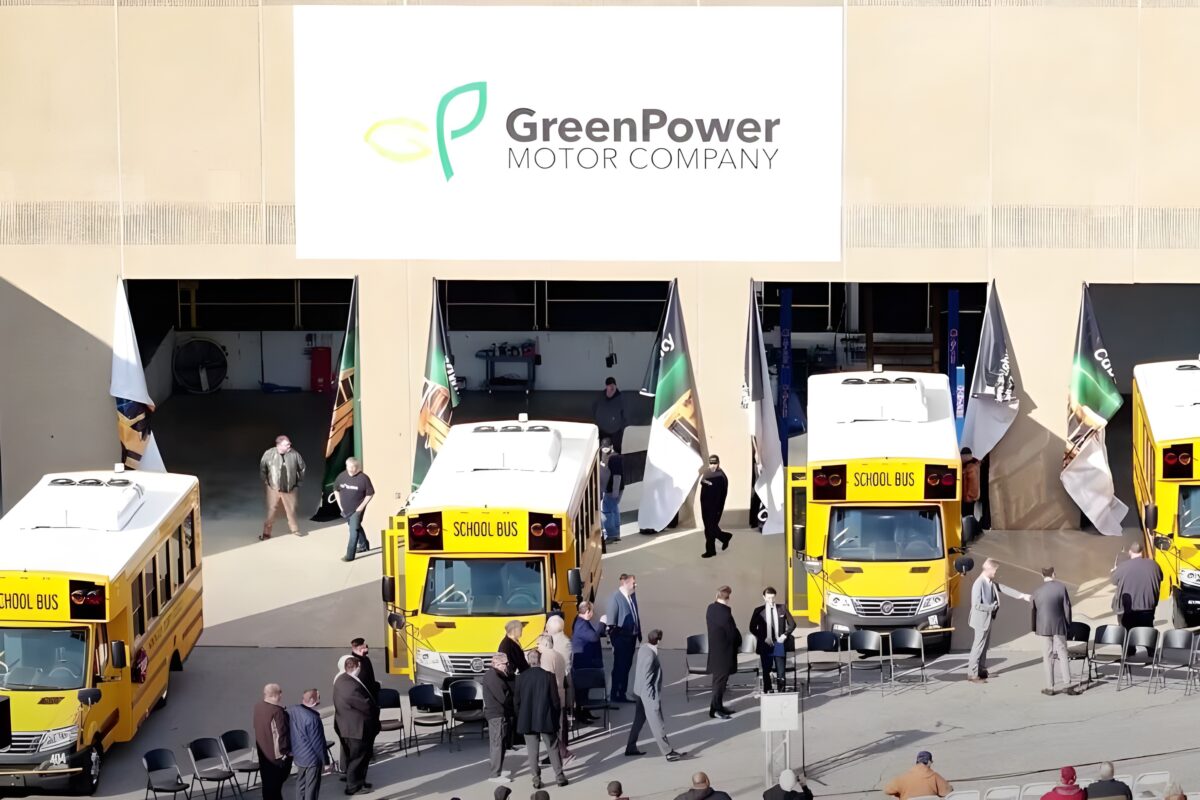In a recent report entitled Benefits of Using Tyres with Low Rolling Resistance, Michael Sivak, Research Professor at the University of Michigan Transportation Research Institute (UMTRI), produced data that suggested the use of low rolling resistance tyres on light-duty vehicles can reduce fuel consumption by approximately 6.3%.
But what about the potential reduction of fuel consumption on larger vehicles? In the commercial vehicle (CV) segment and the trucking industry, where fuel consumption is one of the biggest concerns of fleet operators, low rolling resistance tyres have been essential for some time – and demand is growing. What are the primary sources for this demand, and how can the automotive industry encourage further growth?
“One parameter on which tyres differ is their rolling resistance – the force resisting the motion when an object rolls,” explained Sivak. “Tyres with low rolling resistance roll easier and, therefore, get better mileage than tyres with high rolling resistance.”
Demand will only increase for the next several years, according to Gary Schroeder, Director of Commercial Vehicle and OEM Sales for Cooper Tires. “There are two main factors that will continue to drive the need for low rolling resistance tyres in the CV segment: economics and regulation,” he told Megatrends.
GHG Phase II looms
With diesel fuel at its lowest price in recent years, sitting – at the time of writing – at around US$2 per gallon, economics are “less a factor than they were when the price was double that amount,” Schroeder admitted. “However, any fuel savings is still important to fleets. Larger fleets in particular tend to be very conscious of fuel economy and will use or evaluate any number of methods to reduce fuel consumption.”
On the other hand, he continued, legislative influence is having a greater bearing on the adoption of low rolling resistance tyres. “While the economic factor may be at diminished influence now, the regulatory factor is growing in significance,” he observed. Schroeder highlighted the greenhouse gas (GHG) Phase II proposals issued by the US National Highway Traffic Safety Administration (NHTSA) and the US Environmental Protection Agency (EPA) that could govern the future of both medium- and heavy-duty engines and vehicles. If, and more likely when, imposed, the rules would impact vehicles from MY2018 to MY2027.
“The proposal is wide-ranging and includes regulations for vocational trucks and trailers,” Schroeder said. “These were not covered by the Phase I rule, which applied to MY2014 and 2017 vehicles, and tended to emphasise engines. The new proposed rule would very specifically require low rolling resistance tyres for trailers, and suggests low rolling resistance tyres for vocational trucks, as well as other trucks.”
The Phase II proposals are still under review, after OEMs, Tier 1 suppliers and industry stakeholders were asked to produce their thoughts and issue and comments. The final rule is likely to contain some of the key elements of the proposed rule, Schroeder predicted.
Help is needed
The complexion of the European market is similar to that of the US. Fazilet Cinaralp, Secretary General of the European Tyre and Rubber Manufacturing Association (ETRMA), told Megatrends that the primary trend governing demand for low rolling resistance tyres is regulation.
“It seems that the EU policy for reducing C02 emissions will continue,” she mused. “The decarbonisation of transport by 2030, which involves cutting GHG emissions by at least 40% when compared to 1990 levels, is a clear target of the EU authorities.”
Cinaralp expects further details on this plan to emerge during the summer of 2016, and hopes that they will continue to encourage the adoption of low rolling resistance tyres. However, she also outlined factors that could stunt the growth of low rolling resistance tyres in Europe.
“The issue is not one of technology but rather of market uptake,” she said. “The technology is there, but the possibility to sell more performant tyres (that are low rolling resistance and safe) is impacted by the consumer demand. In particular in the case of truck tyres, the fleet operators have a significant role but they must be encouraged and incentivised to purchase tyres which are more expensive.”
As well as the sheer number of different tyre choices available to fleet operators, they are confronted by the conundrum of how to spend their money. “Unfortunately, there are too many cheap tyres on the market today, and there is not necessarily authoritative control to check whether these are tyres are compliant with the label regulation,” warned Cinaralp.
Choosing a cheap tyre could reduce upfront costs, but in the long term, the fuel saved by using low rolling resistance tyres has the potential to displace the initial price. What is more, the costly specialised tyres are likely to last longer than budget ones, Cinaralp affirmed.
“Tyres are certainly an important component in terms of vehicle fuel efficiency and safety. The regulatory framework is in place, but its impact on the market still very limited. More incentivisation to encourage the adoption of more costly, low rolling resistance tyres is needed to spur continuous growth,” she added.
Technical marriage
Both Cinaralp and Schroeder think that low rolling resistance tyres will play a critical role in the future of the CV industry. Alongside the growth of these tyres, Schroeder also expects the use of tyre pressure monitoring systems (TPMS) to grow.
“An interesting point in the proposed GHG Phase II rule is that it would require automatic tyre inflation systems on trailers as a means to keep tyres well inflated, and therefore optimised for actual rolling resistance in service,” he said. “Maintaining proper tyre inflation has always been one of the best ways to ensure optimum rolling resistance, as well as to facilitate fuel efficiency, long wear and casing life.”
Some suppliers, like Dana, are eager to point out the differences between monitor-only TPMS and those that automatically inflate the tyres. But, with more countries enforcing the adoption of TPMS, Schroeder thinks that the technology paired with low rolling resistance tyres is a match made in heaven.
Concluding, he returned to matters of regulation: “The regulations are already headed toward imposing more requirements for low rolling resistance tyres. With this, there would not appear to be a reason for legislation unless such efforts were proposed to lessen the regulations.”
This article appeared in the Q1 2016 issue of Automotive Megatrends Magazine. Follow this link to download the full issue.



